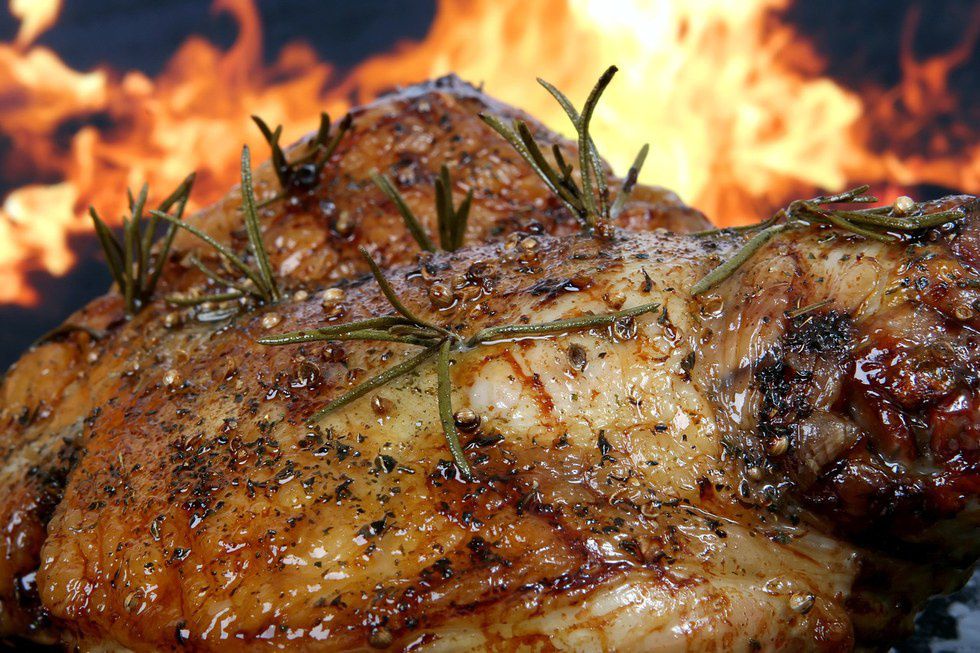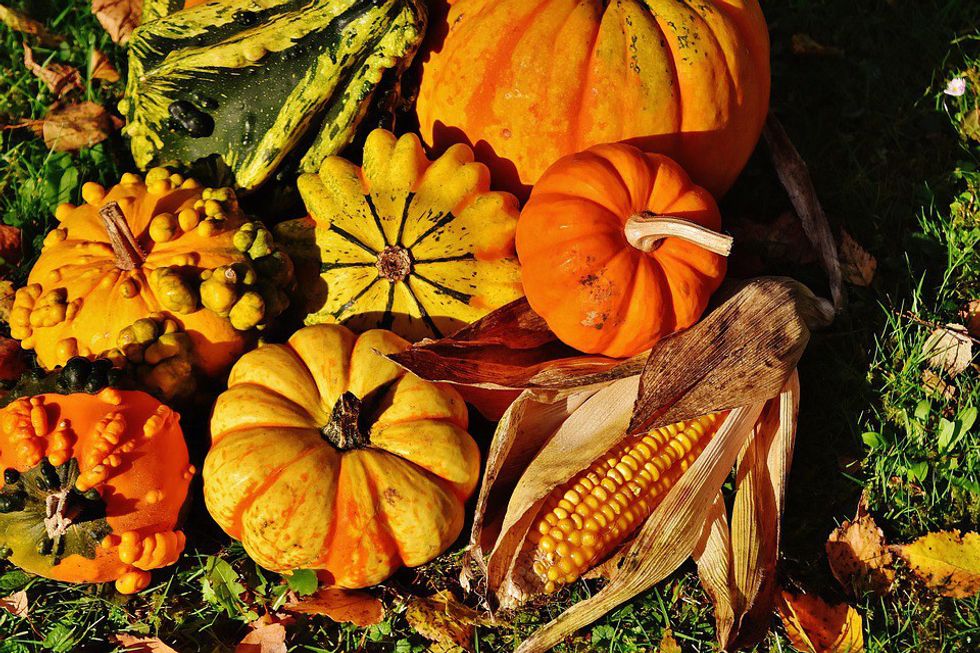Families big and small gather together as one — brought together from near and far. A crisp and golden brown turkey finds itself in the middle of the tables across the nation — mash potatoes, corn and gravy right by its side.
Eyes are fixated on the appetizing turkey. Mouths begin to water, ready for a grand feast that lie ahead as heat gracefully floats from the turkey that has freshly exited the oven.
Thanksgiving has become a holiday that brings concrete smiles to the faces of friends, family and loved ones. Each year families are allured together, squeezing tight together from tables ends to end, gathered together by similar intentions — to give thanks for their nations history, their fortune, family and friends.
However, is Thanksgiving a day to celebration or a holiday in which oppresses a suffered and harsh reality?
Often times the presumed meaning Thanksgiving has is considered by many to be a deceitful facade.
Thanksgiving has and always will be a day preserving history. However, this preserved day of history is one in which various people have different understanding and presumptions towards what actually happened when the pilgrims settled in 1621.
To many, Thanksgiving honors the “First Thanksgiving,” one in which is believed to be contrary to a typical Thanksgiving celebration but rather a celebration of survival.
it is written in history books that, following the Mayflower’s arrival at Plymouth Rock in Massachusetts in December 1620, the Pilgrims arrival was the contrary of smooth. the Pilgrims lost nearly half of their original 102 colonists.
According to All About History, it was the help of the Native American, that originally inherent to Plymouth that helped the Pilgrims survive.
With the help of Native American Tribes such as the Squanto and the Wampanoag, the Pilgrims were taught to fish, plant corn and squash among other things which lead to their survival.
The first Thanksgiving Harvest in 1621 was a feast in honor and celebration that brought peace and relationship between the Pilgrims and the Native Americans.
This condoling story is one in which has appeared and prevailed throughout history books time after time and has been passed down from generation to generation.
However, the real story, to many people is neither as whimsical, peaceful and similar to a fairytale as those who have written history and reinforced this story to be.
The fabricated Thanksgiving story that one has come to know may not be entirely true — consequently oppressing the real accounts of history and also equally oppressing the truth between what actually went on between the various Native American Tribes and the Pilgrims at Plymouth.
Ultimately, the truth has appeared to be oppressed and equally may have been enforced by those who have written history — which has consequently been reinforced, through institutions, societal structures and more.
Many indigenous peoples and tribes— some in specific being Native Americans — consider that US Thanksgiving holiday to be a facade that mask the truth, instead acknowledging the holiday as a National Day of Mourning.
Since 1970, each year Native Americans peoples and other community supporters gather together as one at the Cole’s Hill in Plymouth Massachusetts. Rather than celebrating what they believe to be an oppressing facade, the community supporters contest the perceived reality as to what the founding of the nation is believed to be defined upon. This gathering is known as the National Day of Mourning.
According to the National Day of Mourning website, Thanksgiving day is a daunting reminder of Native American Genocide, which surfaces a day of suffering and grievance over lost Native lands, abundant with crops, sacred burial sites and more which were obliterated by westernized settlement, greed and colonization.
While Thanksgiving is and will continue to serve for some a day that recognizes the beginning, to Native Americans, the day the Mayflower arrived on the shores of Plymouth marks the end to sacred Native lands, freedom and much more. There is much to learn beyond what is institutionalized, taught and encouraged to learn and believe. The two radial differences between this representation of American history and Thanksgiving day ensures that there is always more than what is perceived to be certain.
It is time to stop dismissing and oppressing and start remember and recognize the truth that becomes distinguishable when comparing written American history to Native American history.
There is a fine line between peace and despair and the founding of our nation in regards to land settlement walks a fine line between peaceful inhabitance and land thieved and succeeded over.













































